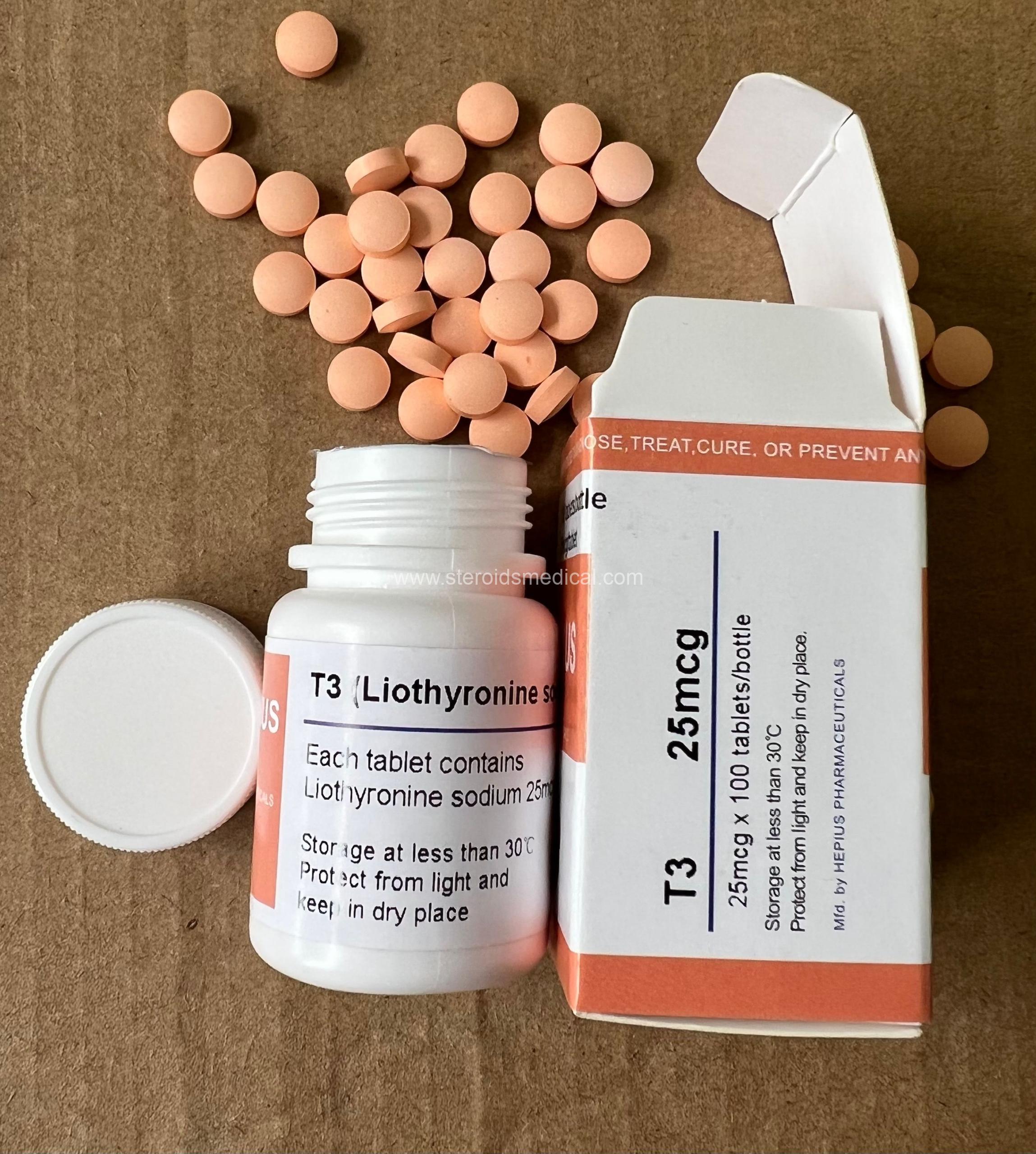Introdução de produto
Cabergoline is a medication primarily used to treat medical conditions associated with high levels of prolactin, a hormone that stimulates breast milk production. Here’s an overview of Cabergoline, incluindo seus usos, dosagem, e considerações:
Uses of Cabergoline:
Hyperprolactinemia: Cabergoline is most commonly prescribed to treat hyperprolactinemia, a condition characterized by abnormally high levels of prolactin in the blood. This condition can cause symptoms such as irregular menstrual periods, infertility, and breast milk production in both men and women.
Prolactinomas: It is also used to manage prolactinomas, which are benign tumors of the pituitary gland that secrete excess prolactin. Cabergoline helps shrink these tumors and reduce prolactin levels.
Parkinson’s Disease: Em alguns casos, Cabergoline may be prescribed to manage symptoms of Parkinson’s disease, particularly in cases where other treatments have not been effective. It works by stimulating dopamine receptors in the brain, which helps improve motor function.
Dosagem e administração:
Initial Dosage: For hyperprolactinemia, the typical starting dose of Cabergoline is usually 0.25 mg twice per week. This can be adjusted based on individual response and prolactin levels.
Maintenance Dose: After achieving normal prolactin levels, the maintenance dose may range from 0.25 mg para 1 mg por semana, divided into one or two doses.
Parkinson’s Disease: The dosage for Parkinson’s disease may vary significantly and is determined by the prescribing healthcare provider based on the severity of symptoms and individual response.
Administração: Cabergoline is taken orally as tablets. It is usually recommended to take the medication with food to minimize potential gastrointestinal side effects.
Considerações e segurança:
Efeitos colaterais: Common side effects of Cabergoline may include nausea, Tontura, headache, fatigue, constipation, e dor abdominal. Less commonly, it can cause symptoms such as orthostatic hypotension (low blood pressure upon standing), hallucinations, and psychiatric disturbances.
Monitorização: Regular monitoring of prolactin levels and liver function tests may be necessary during treatment with Cabergoline, especially during the initial phase of therapy.
Pregnancy and Breastfeeding: Cabergoline is not typically recommended during pregnancy unless the benefits outweigh the risks. It can suppress lactation, so it should not be used during breastfeeding.
Interações medicamentosas: Cabergoline may interact with certain medications, including medications that affect dopamine levels or medications metabolized by the liver. It’s important to inform your healthcare provider about all medications and supplements you are taking.
Supervisão Médica: Cabergoline should only be used under the supervision of a healthcare provider who can monitor its effects and adjust the dosage as needed.
Summary:
Cabergoline is an effective treatment for conditions related to high prolactin levels, such as hyperprolactinemia and prolactinomas. It works by reducing prolactin secretion and may also be used in certain cases of Parkinson’s disease. Contudo, like all medications, it carries potential side effects and requires careful monitoring and medical supervision during use. Always follow the dosage instructions provided by your healthcare provider to ensure safe and effective treatment.
Como usá-lo
Cabergoline is typically used to treat conditions like hyperprolactinemia and prolactinomas. Here’s a general guide on how to use Cabergoline based on typical medical practices:
1. Initial Dosage:
- Hyperprolactinemia: The usual starting dose for treating hyperprolactinemia with Cabergoline is 0.25 mg twice per week. Your doctor will determine the exact dosage based on your prolactin levels and individual response.
- Prolactinomas: For prolactinomas, the starting dose may also be 0.25 mg twice per week. The dose may be adjusted gradually based on prolactin levels and tumor size response.
2. Administração:
- Oral Administration: Cabergoline is taken orally in tablet form.
- Timing: It’s generally recommended to take Cabergoline with food to minimize potential gastrointestinal side effects.
- Consistency: Try to take Cabergoline at the same time(s) each day to maintain consistent blood levels.
3. Adjustment of Dosage:
- Based on Response: Your doctor may adjust the dosage based on how well your prolactin levels are controlled and any side effects you may experience.
- Gradual Increase: If necessary, the dosage may be gradually increased, typically at intervals of several weeks.
4. Maintenance Dose:
- Hyperprolactinemia: Once normal prolactin levels are achieved, the maintenance dose of Cabergoline may range from 0.25 mg para 1 mg por semana, divided into one or two doses per week.
- Prolactinomas: Maintenance doses for prolactinomas can vary depending on the size of the tumor and response to treatment. Your doctor will determine the appropriate maintenance dose for you.
5. Monitorização:
- Prolactin Levels: Regular monitoring of prolactin levels is essential to assess the effectiveness of Cabergoline treatment.
- Liver Function: Liver function tests may also be periodically performed to monitor for any potential liver side effects.
6. Duration of Treatment:
- Long-term Therapy: Cabergoline treatment is often long-term, especially for conditions like prolactinomas. It’s important to continue taking the medication as prescribed by your doctor, even if you start feeling better.
7. Special Considerations:
- Pregnancy and Breastfeeding: Cabergoline is not recommended during pregnancy unless absolutely necessary and should not be used during breastfeeding due to its ability to suppress lactation.
- Other Medications: Inform your healthcare provider about all medications and supplements you are taking, as Cabergoline may interact with certain drugs.
Parrendamento:
Se você tiver outras necessidades ou dúvidas, entre em contato conosco em qualquer lugar a qualquer hora.
Yvocê pode conversar online ou enviar E-mail para nós: steroidsmedical@protonmail.com
Obrigado pelo seu tempo!
 Farmacêutica Doméstica Co., Ltd.
Farmacêutica Doméstica Co., Ltd.
















